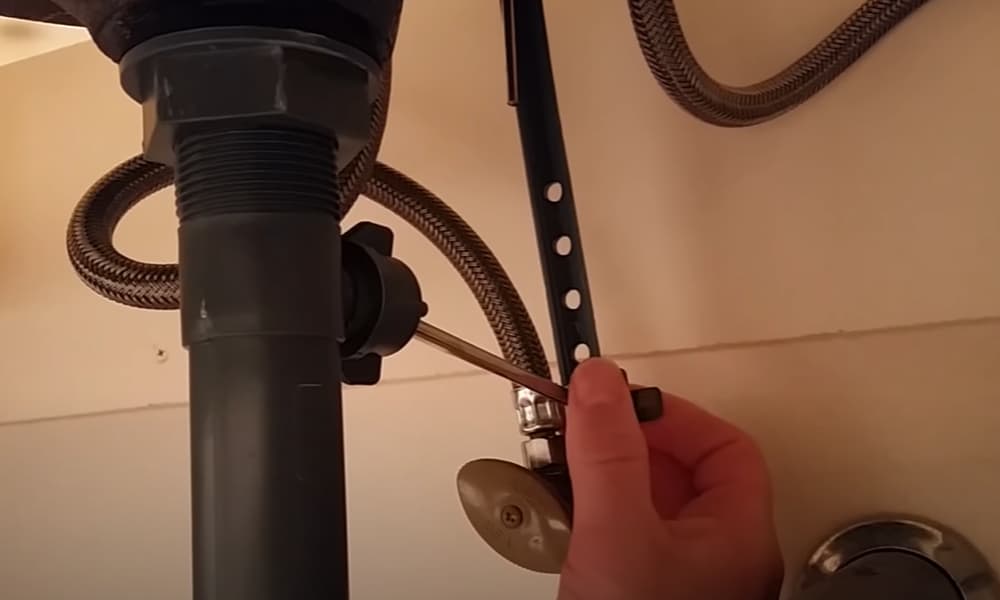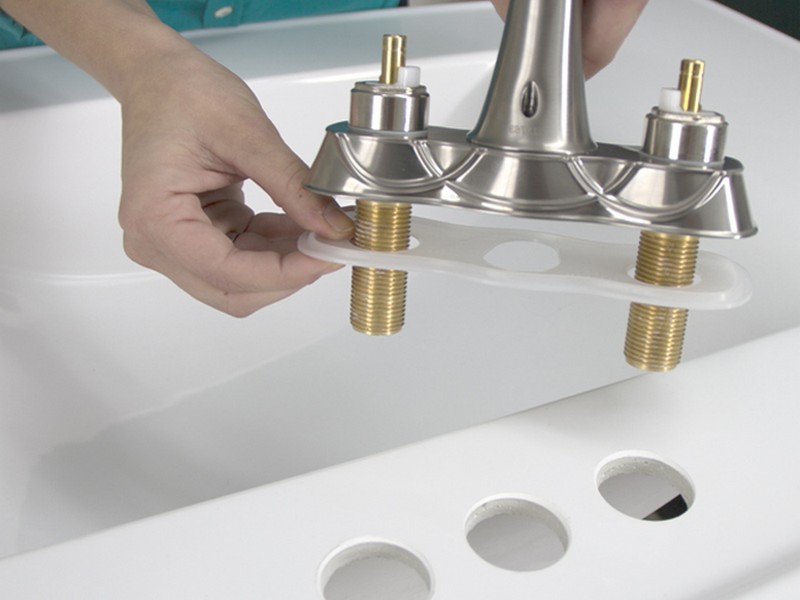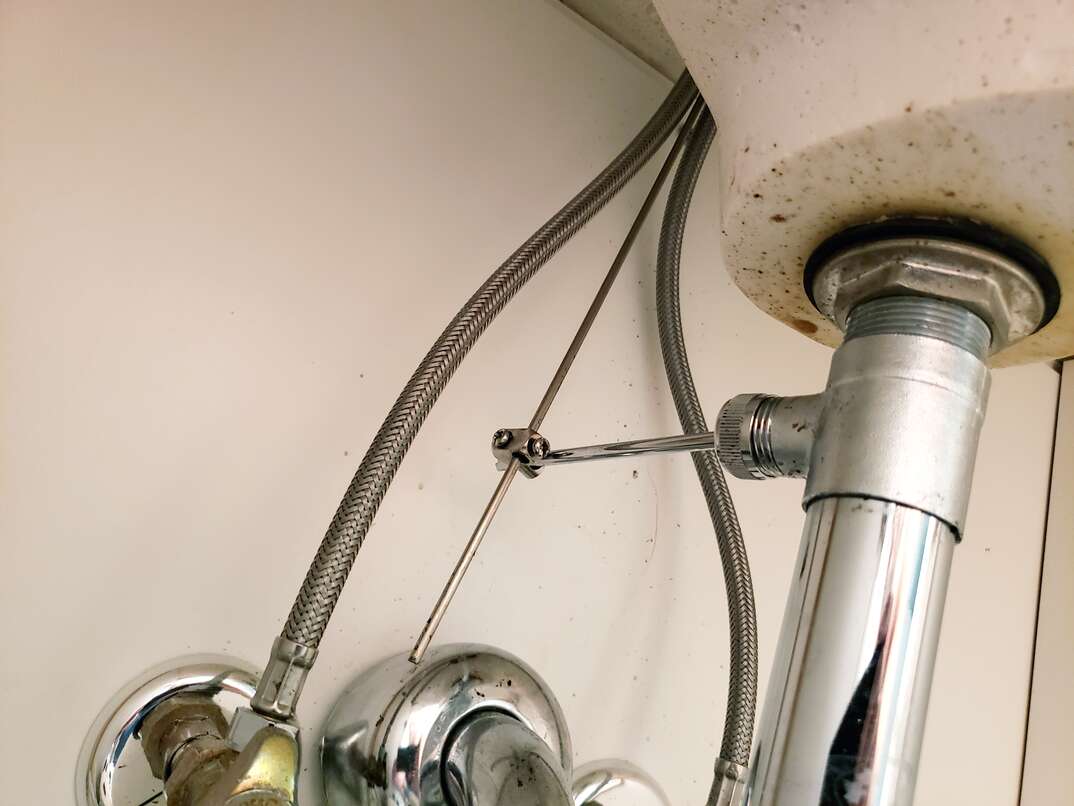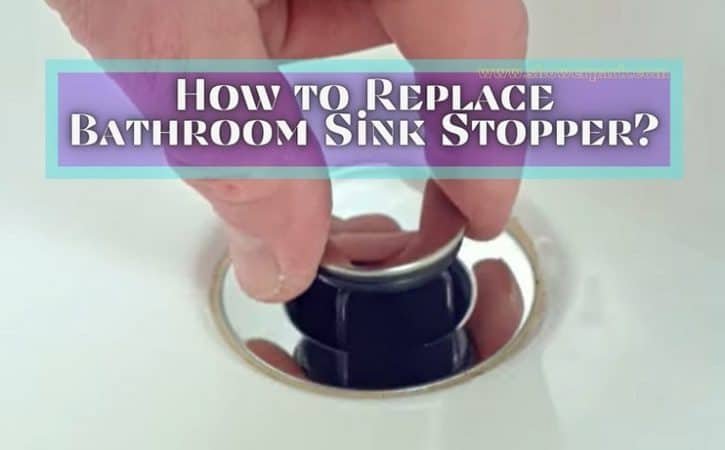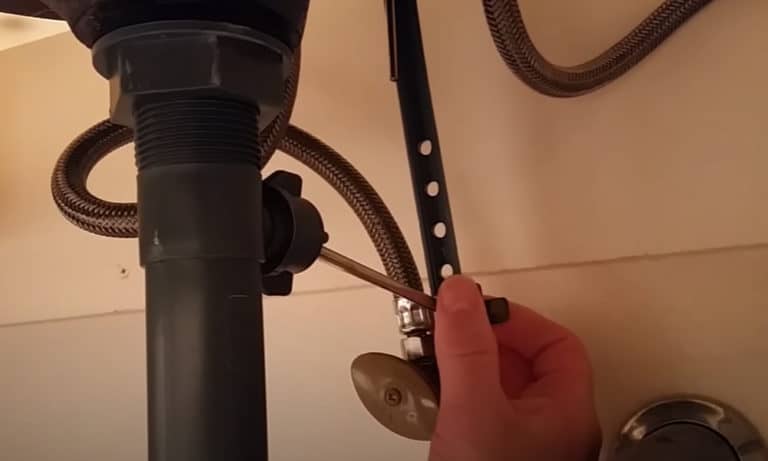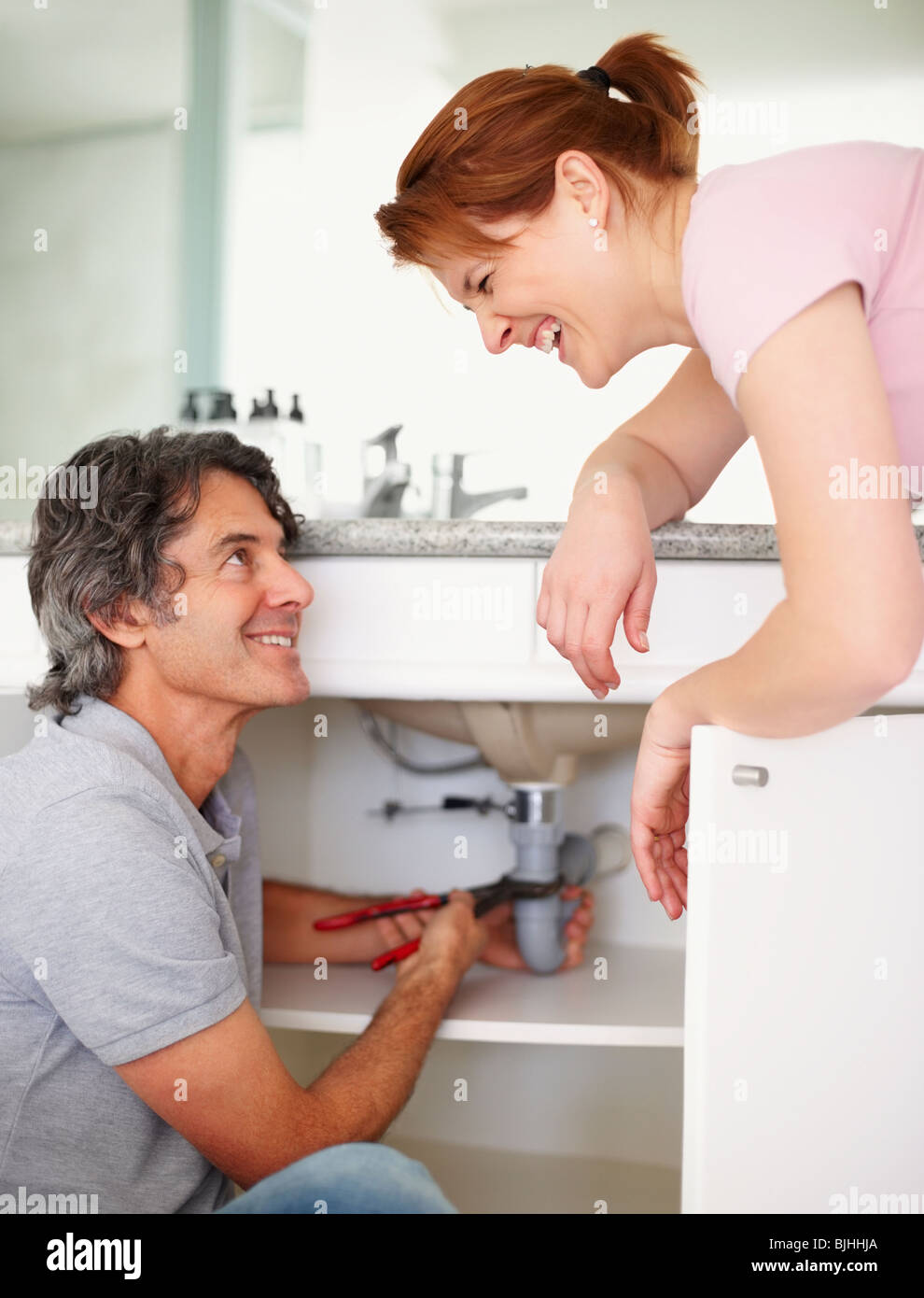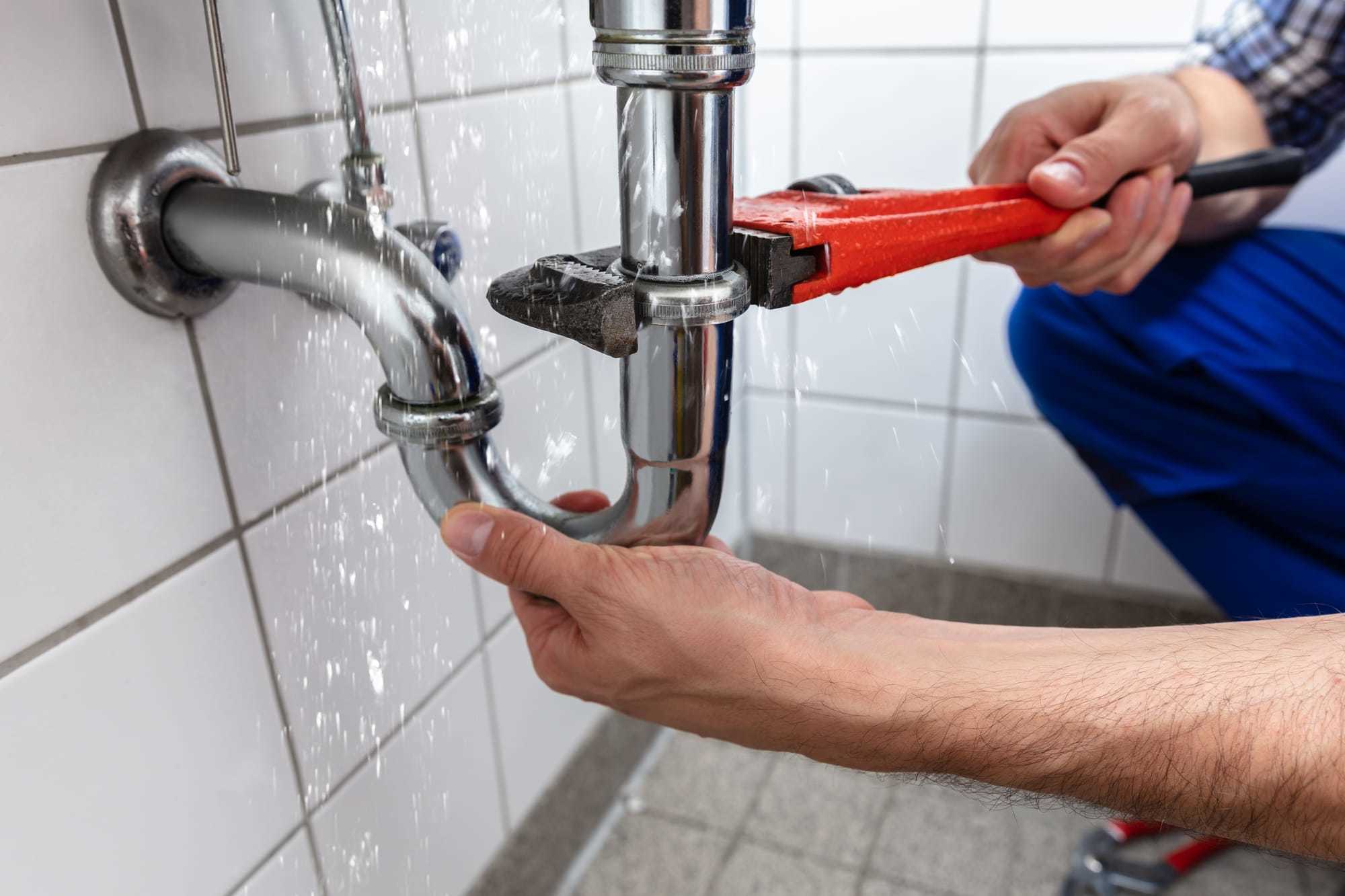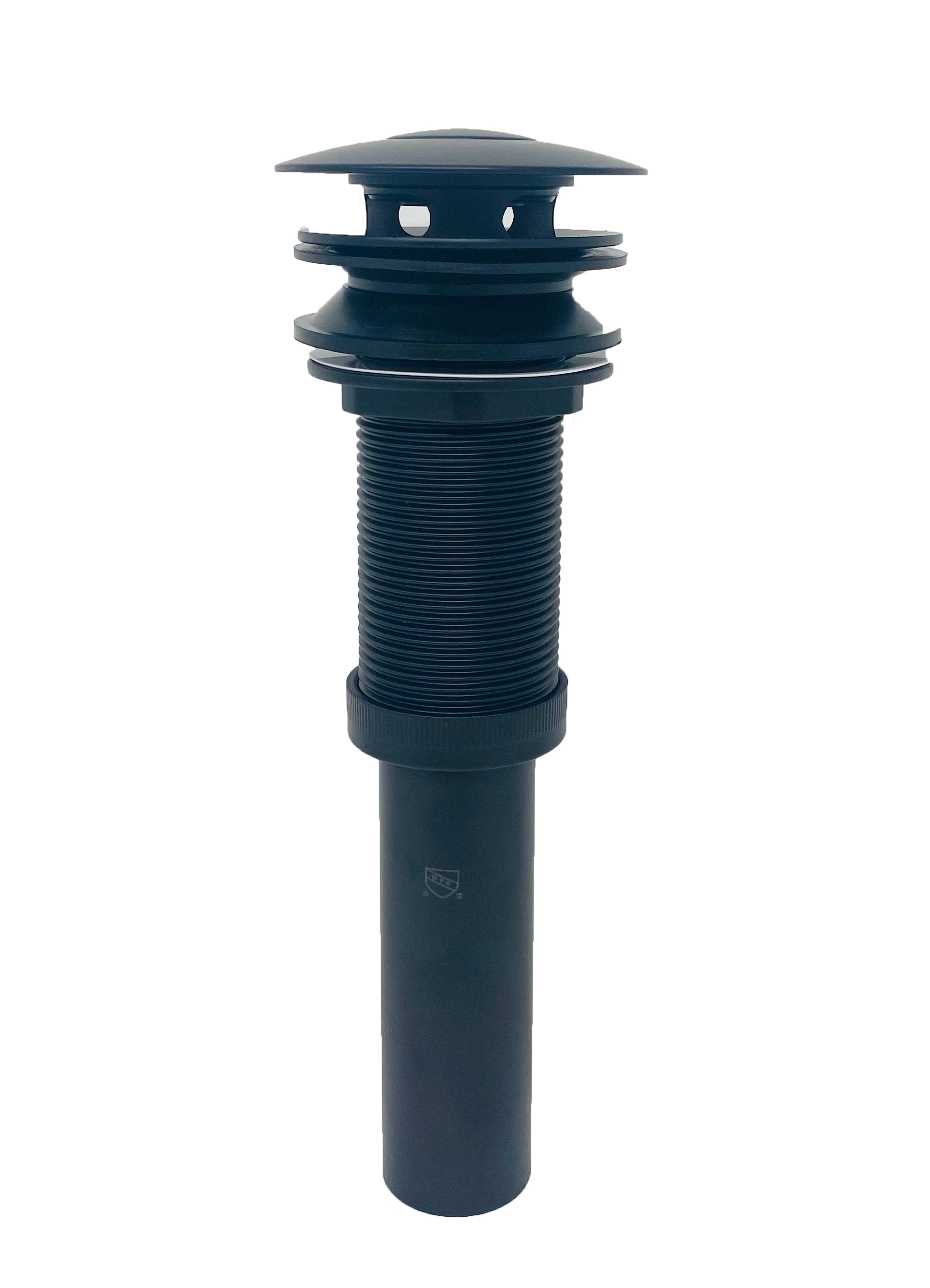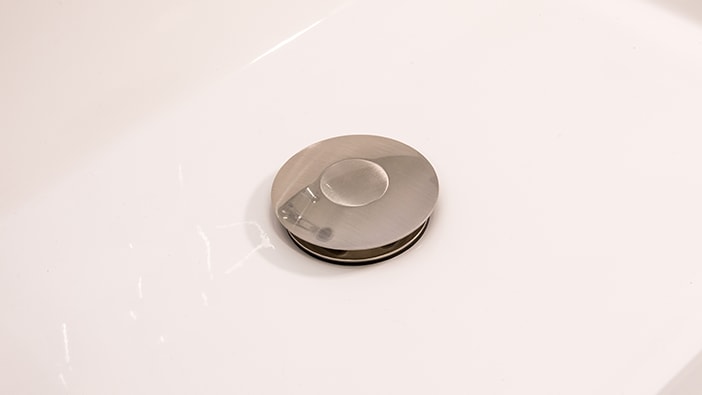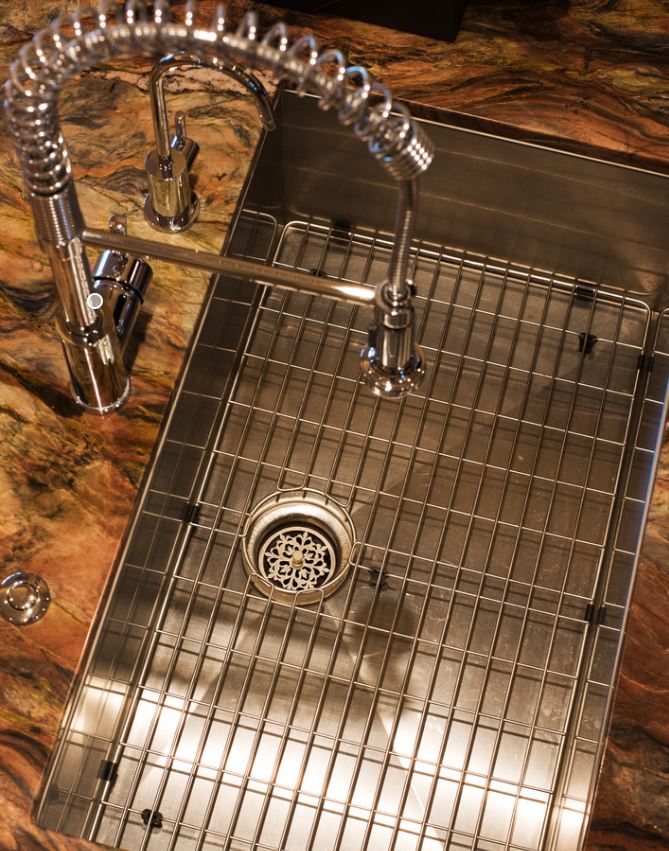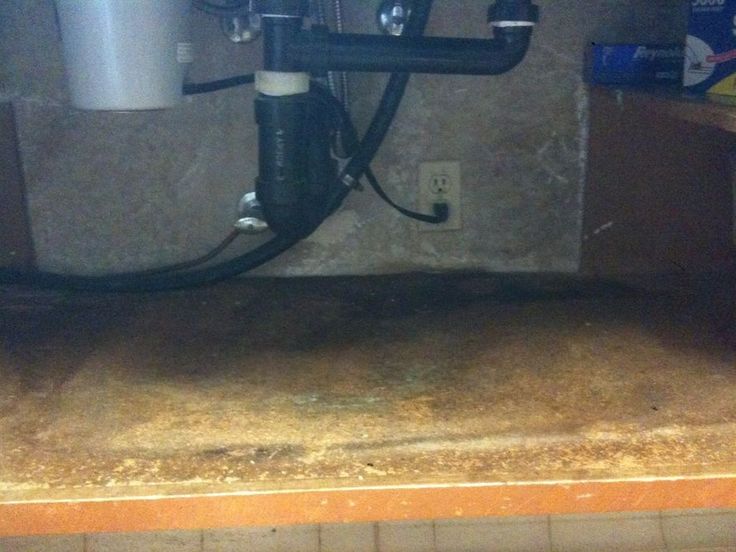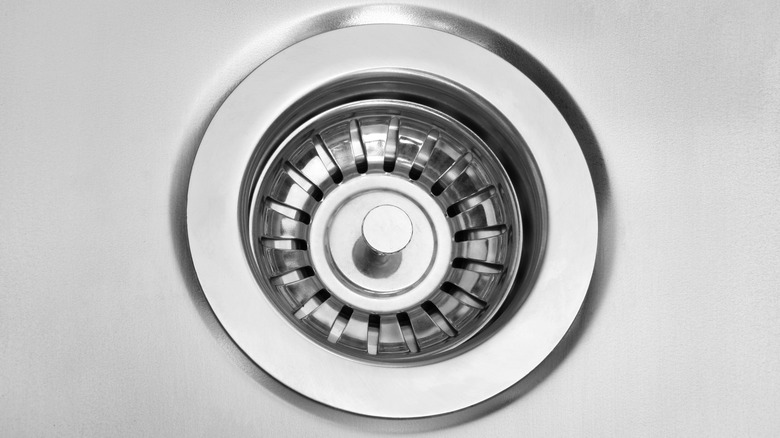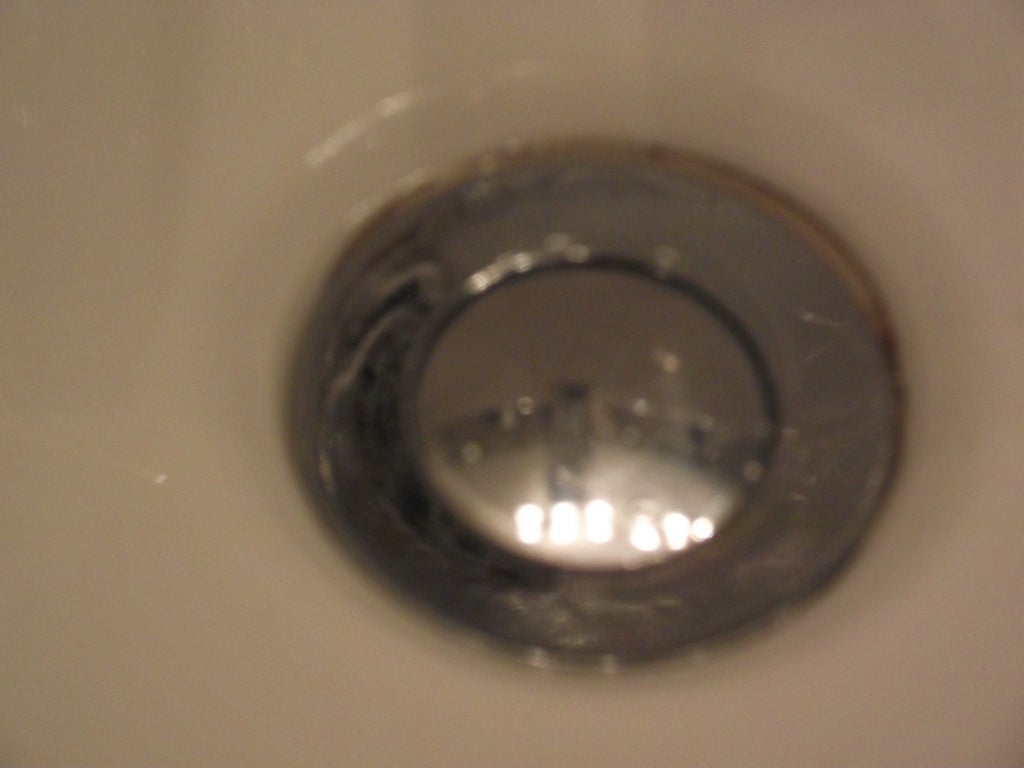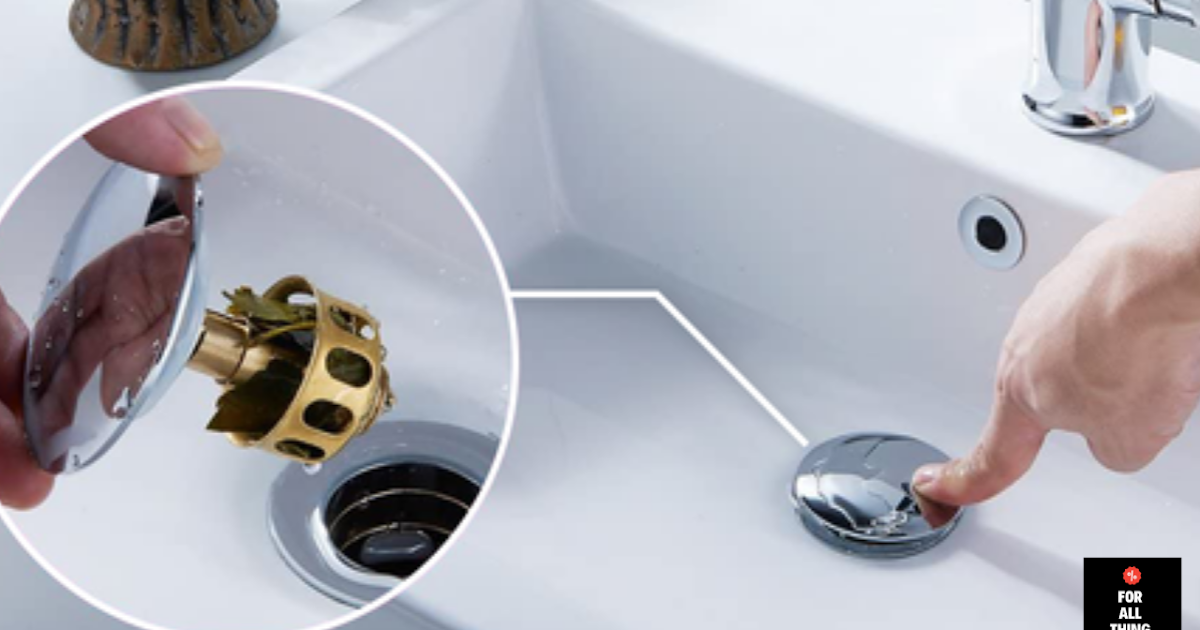If you've noticed that your bathroom sink drain stopper is starting to wear out, it's important to take action before it becomes a bigger issue. A worn out sink stopper can lead to leaks, clogs, and other plumbing problems. Fortunately, replacing a bathroom sink drain stopper is a relatively simple task that can be done with just a few basic tools.Replacing a Bathroom Sink Drain Stopper
One common problem with sink stoppers is that they won't stay up when you want them to. This can be frustrating when trying to fill up the sink with water for washing your face or brushing your teeth. To fix this issue, you will need to adjust the tension on the stopper's lift rod. Start by removing the stopper from the drain. This can usually be done by unscrewing it or pulling it out from the top. Once the stopper is removed, locate the clevis, which is the metal bar that the stopper connects to. Adjust the clevis by tightening or loosening the nut until the stopper stays up when lifted.How to Fix a Sink Stopper That Won't Stay Up
If your sink stopper is worn out and can no longer be fixed, it will need to be replaced. To do this, you will need to remove the old stopper and replace it with a new one. Start by unscrewing the nut that holds the clevis in place. Then, pull the clevis out from the back of the drain pipe. Next, unscrew the nut that holds the pivot rod in place. This is the rod that connects the clevis to the stopper. Once the pivot rod is released, you can pull out the old stopper and replace it with a new one. Simply reverse the steps to reassemble the sink stopper, making sure everything is tightly secured.Replacing a Worn Out Sink Stopper
If you're looking to upgrade your sink stopper to a newer, more efficient model, the process is similar to replacing a worn out stopper. Start by removing the old stopper as described above. Then, take the new stopper and position it into the drain hole. Make sure it is aligned properly and then tighten the nut that holds the pivot rod in place. You may also need to adjust the length of the pivot rod to ensure that the stopper sits at the correct height. This can be done by adjusting the clevis, as described in the previous section. Once everything is in place, test the stopper to make sure it is working properly.How to Replace a Sink Stopper
Another common issue with sink stoppers is that they can become leaky over time. This is often due to a worn out gasket or seal. To fix a leaky sink stopper, start by removing the stopper as described above. Then, inspect the gasket or seal for any signs of damage or wear. If it appears to be worn out, it will need to be replaced. You can purchase a replacement gasket or seal at your local hardware store. Once you have the new gasket or seal, simply place it in the proper position and reassemble the stopper. This should fix the leak and prevent any further issues.Fixing a Leaky Sink Stopper
If your sink stopper has broken, it will need to be replaced entirely. This can happen if the stopper is made of plastic and has become brittle over time. To replace a broken sink stopper, follow the same steps as replacing a worn out stopper. Make sure to choose a durable replacement and consider upgrading to a metal stopper for added longevity.Replacing a Broken Sink Stopper
If your sink stopper is not functioning properly, it may just need a simple repair. Start by removing the stopper as described above. Then, check the stopper for any debris or buildup that may be preventing it from working correctly. Use a small brush or cloth to clean off any dirt or grime. If the stopper is still not working properly, you may need to replace the lift rod or pivot rod. These can be purchased at your local hardware store and are relatively easy to install. Simply follow the same steps as replacing a worn out stopper.How to Repair a Sink Stopper
In some cases, a sink stopper may become damaged due to wear and tear or accidental damage. If this happens, it will need to be replaced. The process for replacing a damaged stopper is the same as replacing a worn out stopper. Make sure to choose a quality replacement to ensure it lasts for years to come.Replacing a Damaged Sink Stopper
If your sink stopper is stuck and won't move, it may be due to a buildup of grime or debris in the drain. To fix this issue, start by removing the stopper and cleaning it thoroughly. Then, use a plunger to clear out any debris or buildup in the drain. Once the drain is clear, reassemble the stopper and test it to make sure it is working properly.Fixing a Stuck Sink Stopper
Rust can be a common issue with sink stoppers, especially if they are made of metal. If your stopper is starting to rust, it may be time for a replacement. Follow the same steps as replacing a worn out stopper, making sure to choose a rust-resistant replacement. You may also want to consider using a rust remover on the drain to prevent any further rust from forming. With these tips, you should now be able to confidently replace or repair a worn out bathroom sink drain stopper. Remember to regularly clean and maintain your stopper to prevent any future issues. With proper care, your sink stopper should last for many years to come.Replacing a Rusty Sink Stopper
How to Replace a Worn Out Bathroom Sink Drain Stopper
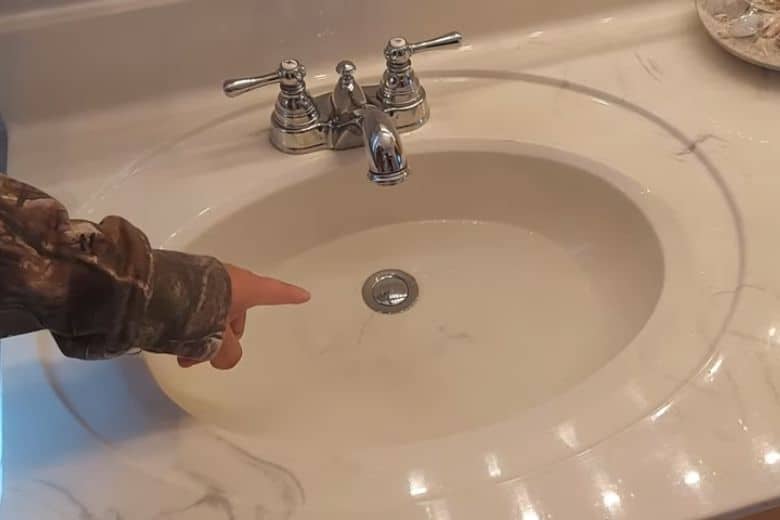
The Importance of Maintaining Your Bathroom Sink Drain Stopper
 The bathroom sink drain stopper may seem like a small and insignificant part of your house, but it plays a crucial role in your daily routine. It helps to prevent water from draining out of the sink while you are using it, and also keeps any debris or hair from clogging up your pipes. However, over time, the constant use and exposure to different substances can cause wear and tear on the stopper, making it less effective. This can lead to slow draining and even complete blockage of your sink. That's why it is important to regularly check and replace a worn out bathroom sink drain stopper.
The bathroom sink drain stopper may seem like a small and insignificant part of your house, but it plays a crucial role in your daily routine. It helps to prevent water from draining out of the sink while you are using it, and also keeps any debris or hair from clogging up your pipes. However, over time, the constant use and exposure to different substances can cause wear and tear on the stopper, making it less effective. This can lead to slow draining and even complete blockage of your sink. That's why it is important to regularly check and replace a worn out bathroom sink drain stopper.
Signs of a Worn Out Bathroom Sink Drain Stopper
:max_bytes(150000):strip_icc()/bathroom-sink-drain-installation-2718843-07-2b728cbd5c994dc39179346f51bb6421.jpg) The first sign that your bathroom sink drain stopper is worn out is when you start noticing that your sink is draining slower than usual. This is usually caused by a buildup of hair, soap scum, and other debris around the stopper, preventing it from fully closing and creating a seal. Another sign is when your sink starts to clog frequently, even after using a plunger or drain cleaner. This could mean that the stopper is no longer able to trap the debris and is allowing it to pass through, causing blockages in your pipes. Additionally, if you notice any rust or corrosion on the stopper, it is a clear indication that it needs to be replaced.
The first sign that your bathroom sink drain stopper is worn out is when you start noticing that your sink is draining slower than usual. This is usually caused by a buildup of hair, soap scum, and other debris around the stopper, preventing it from fully closing and creating a seal. Another sign is when your sink starts to clog frequently, even after using a plunger or drain cleaner. This could mean that the stopper is no longer able to trap the debris and is allowing it to pass through, causing blockages in your pipes. Additionally, if you notice any rust or corrosion on the stopper, it is a clear indication that it needs to be replaced.
Steps to Replace a Worn Out Bathroom Sink Drain Stopper
 Replacing a worn out bathroom sink drain stopper is a simple and straightforward process that can be done in a few easy steps. The first step is to remove the old stopper by unscrewing it from the sink drain using pliers or a screwdriver. Then, clean the drain thoroughly to remove any buildup of debris. Next, measure the diameter of your drain and purchase a new stopper of the same size. You can choose from a variety of types, including pop-up stoppers, push-and-pull stoppers, and twist-and-turn stoppers, depending on your preference.
Once you have the new stopper, insert it into the drain and secure it by tightening the screws or twisting it into place. Make sure to test it by filling the sink with water and seeing if it holds the water in. If it still doesn't work properly, you may need to adjust the stopper or try a different type. Lastly, clean and maintain your new stopper regularly to ensure it lasts longer and functions properly.
In conclusion, a worn out bathroom sink drain stopper can cause inconvenience and even damage to your pipes if not replaced in a timely manner. By following these simple steps, you can easily replace the stopper and ensure that your sink drains properly, keeping your bathroom clean and functioning smoothly.
Replacing a worn out bathroom sink drain stopper is a simple and straightforward process that can be done in a few easy steps. The first step is to remove the old stopper by unscrewing it from the sink drain using pliers or a screwdriver. Then, clean the drain thoroughly to remove any buildup of debris. Next, measure the diameter of your drain and purchase a new stopper of the same size. You can choose from a variety of types, including pop-up stoppers, push-and-pull stoppers, and twist-and-turn stoppers, depending on your preference.
Once you have the new stopper, insert it into the drain and secure it by tightening the screws or twisting it into place. Make sure to test it by filling the sink with water and seeing if it holds the water in. If it still doesn't work properly, you may need to adjust the stopper or try a different type. Lastly, clean and maintain your new stopper regularly to ensure it lasts longer and functions properly.
In conclusion, a worn out bathroom sink drain stopper can cause inconvenience and even damage to your pipes if not replaced in a timely manner. By following these simple steps, you can easily replace the stopper and ensure that your sink drains properly, keeping your bathroom clean and functioning smoothly.

